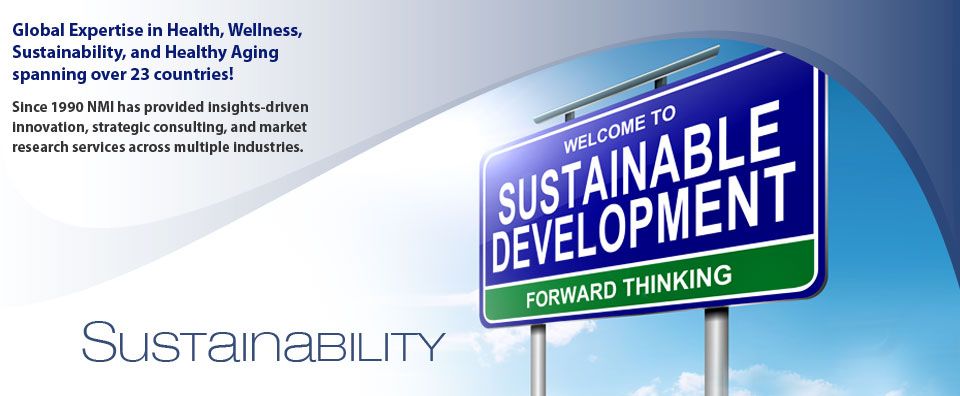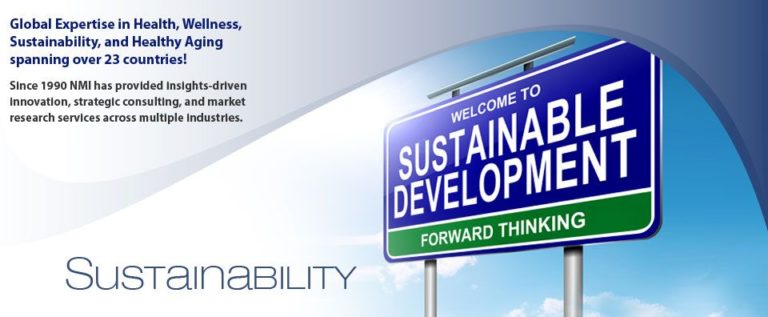 NMI’s LOHAS Consumer Trends Database® is the industry’s most comprehensive tool to measure consumers’ integration of personal and planetary health across their lifestyles – from food and beverage to home care to durables and lifestyle activities. For the past 12 years, a wide range of clients have leveraged this insight to better understand their consumer target, develop new targets, and measure scores of attitudes and behaviors for those groups.
NMI’s LOHAS Consumer Trends Database® is the industry’s most comprehensive tool to measure consumers’ integration of personal and planetary health across their lifestyles – from food and beverage to home care to durables and lifestyle activities. For the past 12 years, a wide range of clients have leveraged this insight to better understand their consumer target, develop new targets, and measure scores of attitudes and behaviors for those groups.
This year’s LOHAS report, based on research of over 4,000 U.S. adults, is packed full of trends and analysis to help companies understand how these major cultural shifts identify opportunities for their business. Profiling a decade of trends on one of the hottest consumer trends, this new 2014 report offers over 150 pages of data and analysis, including charts, graphs, and illustrations comparing and contrasting consumer segments, demographic groups, product users, and more!
Two of the many trends NMI explored in this report include:
- As the recession cools, more consumers are willing to pay more for environmentally-friendly products, a reverse trend over past years of research. While price sensitivity persists, with consumers’ loosening their purse strings a bit, manufacturers may find it’s a more opportune time for their green products.
- Concern among U.S. adults is increasing for genetically modified organisms (GMOs), now with more than one-third of consumers indicating concern. NMI expects this hot-button issue will continue to be a topic of conversation among consumer advocacy groups, consumers, suppliers, retailers and brands as each tries to evaluate the pros and cons of GMOs.
As we begin to put the Recession in our rear-view mirror, it is clear that consumers’ attitudes and behavior are as strong as ever. More and more mainstream consumers are choosing to use a variety of green and socially conscious products. And, many Recession-driven concerns – such as price sensitivity – are tempering. Consumers’ drivers on corporate citizenship also appear to be changing, toward those that align more strongly with greener products. The opportunities are broad and deep across categories, and this report will help companies understand the various industry opportunities.
These data can be applied across your organization; from brand managers, sustainability team members, and consumer insight specialists; and, in companies ranging from start-ups to global Fortune 100s. It is written for those who are seeking a thorough understanding of the latest consumer trends in conscious consumption and the accompanying attitudes, shopping patterns, sources of influence, and other behaviors.
Table of Contents
Introduction & Executive Summary
LOHAS Consumer Trends Database Overview
Chapter 1 – Hot Topics in Sustainability
Chapter 2- How, and How Much Does Sustainability Matter to Consumers?
Chapter 3- How is LOHAS Incorporated into Consumers‘ Lives?
Chapter 4- Packaging, Recycling, and Waste
Chapter 5- Sustainable Products: Interest, Price Sensitivity, and Other Barriers
Chapter 6- Natural Home Care
Chapter 7- Natural Personal Care
Chapter 8- Healthy & Sustainable Food
Chapter 9- Other Sustainable Product Usage
Chapter 10- Beyond Products: What does Corporate Social Responsibility Mean to Consumers?
Chapter 11- Shopping Patterns
Chapter 12- Sources of Influence & Points of Connection




